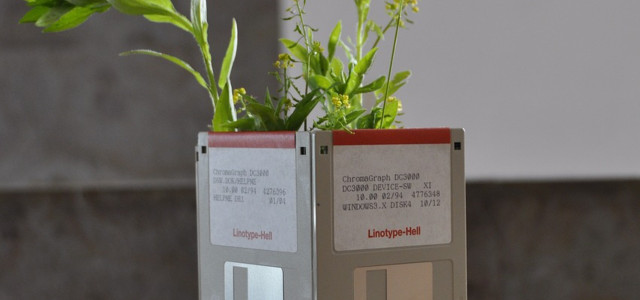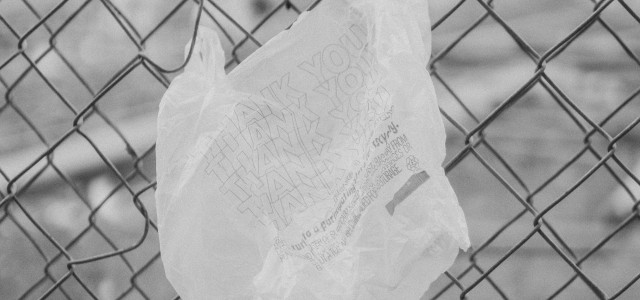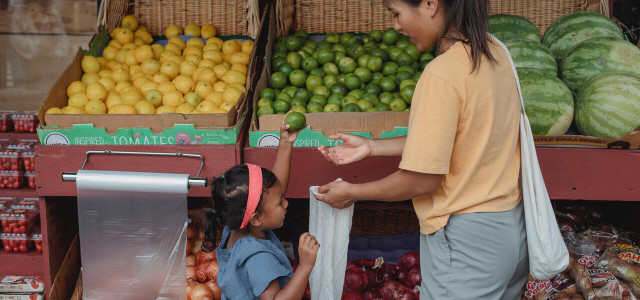What is upcycling? Read on to find out why upcycling is so important for the environment and how you can transform your waste into practical, beautiful and eco-friendly objects to decorate your home with.
Upcycling means taking an item of waste and turning it into something of value and use. Upcycling does not involve breaking a product down, but building it up using creative and crafty methods, and giving it a new life by creating something new.
Broken and torn bike tires can be upcycled into belts, old wooden pallets into outdoor furniture, and old jeans into placemats. As long as you have the imagination, the upcycling possibilities are endless.
Upcycling vs Recycling: The Main Differences
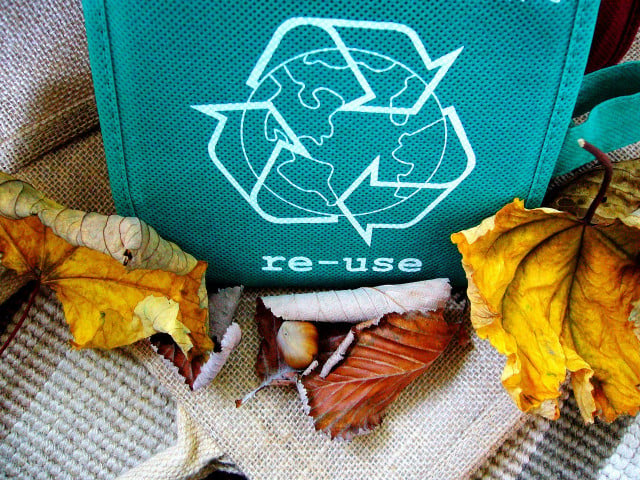
(Foto: CC0 / Pixabay / Shirley810)
The term ‘upcycling’ may be often confused with ‘recycling’, but the two are in fact distinct from one another.
- Recycling involves the breaking down of a waste item into its basic materials and then remaking it into new items. This process is done at an industrial scale, where certain waste products are either broken down and transformed into new products or remade into the same product. This process is very environmentally significant, as it reduces the need for virgin raw materials to create new products, which otherwise take vast amounts of labor-power, energy, and time.
- Upcycling on the other hand is a process by which waste is taken in its current state, and instead of being broken down, is made into something totally new, improved, and useful.
Why You Should Upcycle
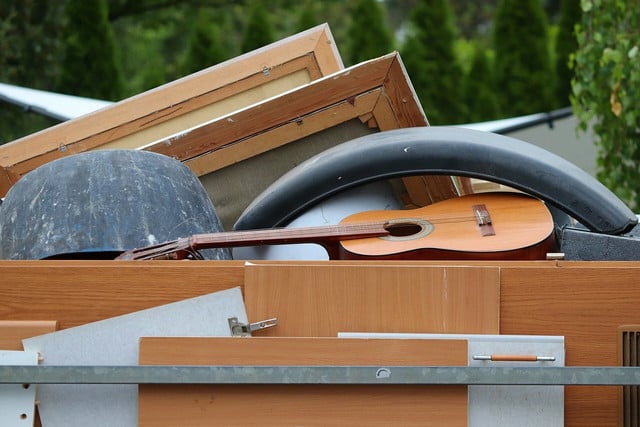


(Foto: CC0 / Pixabay / manfredrichter)
Upcycling has a number of environmental benefits. For example, it drastically reduces the amount of unnecessary waste reaching landfills. This, in turn, minimizes the production of virgin, raw materials, the extraction and subsequent manufacturing of which produces enormous quantities of air and water pollutants. Upcycling makes it possible to remove these labor and energy-intensive industrial processes from the chain of production, and in this way is a major contribution to the global battle against climate change.
What Is Downcycling?
So then what is the difference between upcycling and downcycling?
Downcycling, like recycling, starts with the process of breaking down a waste product into its basic materials. However, through the process of breaking a product down, it is often the case that the total separation and cleaning of all the constituent parts is not possible. Therefore, the final transformation of the waste product is an object that is considered to be of less value compared to the original product. This is downcycling.
Tips & Ways to Upcycle at Home
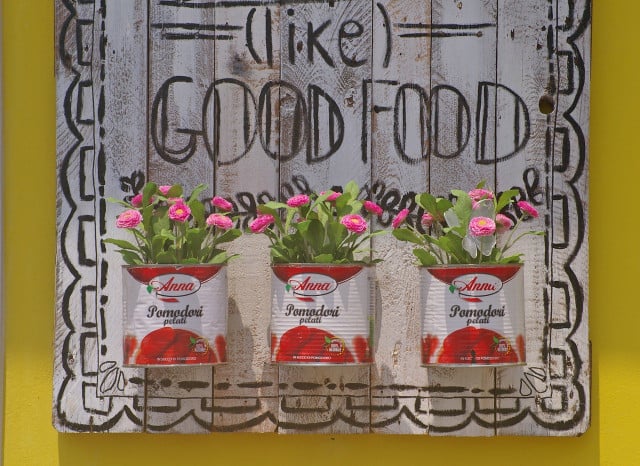


(Foto: CC0 / Pixabay / KRiemer)
Almost any object or material can be upcycled. All you need is a little imagination and dedication, and you will find that transforming waste into something prized and useful couldn’t be easier, or more fun. Here are some crafty and eco-friendly ways you can transform your waste into practical, beautiful, and sustainable objects for your home:
- Make a Tiered Stand Using Baking Tins: If you are like so many of us and have a draw in the kitchen overflowing with baking trays, then this one is for you. You can build a tiered stand for any room in your house, using old baking tins. Fill it with hand towels and soap in the bathroom, or for garden tools in the shed. You choose.
- Tin Can Plant Pots: Grab your old tin cans, give them a clean, and paint them. These make for beautiful plant pots for aroind the house or on your window sills.
- Old Window Frame Entryway Organizer: Grab an old window frame, and upcycle it by sanding it down and painting it. This can then be used as a beautiful and practical organizer for your keys and hats and as a reminder board.
- Paint-Ice Bucket: If you have old paint buckets lying around, give them a good clean and polish. They are the perfect size and material to keep your beverages cold and crisp, plus they will look great on your table.
- Toilet Paper Roll Wall Organizer: Collect your toilet paper rolls instead of throwing them out. You can paint them and stick them together to make a nifty wall organizer, where you can store socks, pens, and succulents.
- Brick Succulent Planter: If you have old bricks with holes in them, use them to plant small succulents in.
Read more:
- Where and How to Recycle Your Laptop – and Other Options
- Can You Recycle Styrofoam? It’s Complicated
- Bees Need Water – Help Them out with a DIY Bee Waterer
Do you like this post?






